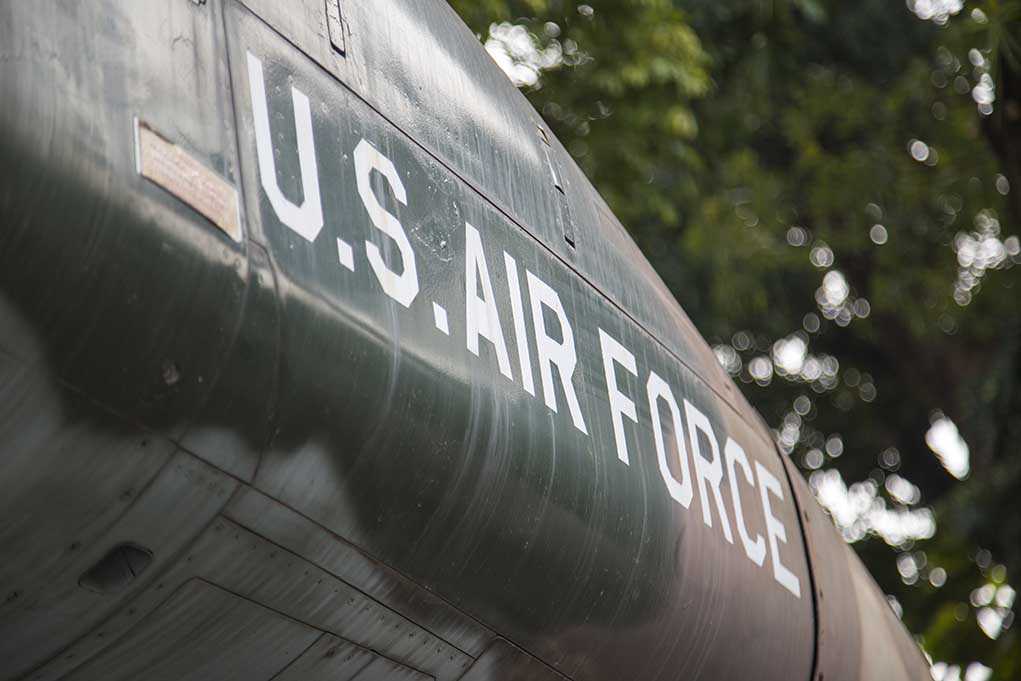
Iran-backed militias have established a joint operations command and divided Iraq into three military zones as they prepare to attack U.S. bases in retaliation for President Trump’s decisive airstrikes on Iranian nuclear facilities.
Key Takeaways
- The U.S. military has enhanced security at all domestic and international installations in response to threats from Iran and its proxies following airstrikes on Iranian nuclear facilities.
- Iraq has deployed special units, including military intelligence and armored forces, around U.S. bases to prevent retaliatory attacks by pro-Iran militias.
- President Trump praised the U.S. airstrikes as a “spectacular military success” that “completely and fully obliterated” key Iranian nuclear sites.
- Non-combat personnel have been evacuated from multiple Iraqi bases, and the U.S. Embassy in Baghdad has initiated a second phase of staff drawdowns while suspending routine visa services.
- Iran is considering closing the Strait of Hormuz, a critical global oil and gas route, which could have severe economic consequences for the region.
U.S. Military Fortifies Domestic and International Bases
The U.S. military has implemented enhanced security protocols at all domestic military installations in response to escalating tensions with Iran. This decision follows direct threats from Iran to retaliate against U.S. military bases after President Trump’s successful airstrikes on Iranian nuclear facilities. The comprehensive security enhancements include increased surveillance, additional security personnel, expanded patrols, and strengthened coordination with local law enforcement agencies to ensure a unified defense posture.
In Iraq, where American forces maintain a significant presence, the situation has become particularly volatile. Pro-Iranian militias have established a joint operations room and divided the country into three military zones in preparation for potential attacks on U.S. interests. The Iraqi government, caught between its American allies and powerful Iranian-backed factions, has deployed special units including military intelligence and armored forces around key installations such as the Ain al-Assad airbase to prevent attacks against American personnel.
Precautionary Evacuations and Diplomatic Measures
As a precautionary measure, the U.S. military has evacuated non-combat personnel from multiple bases across Iraq, recognizing the serious and imminent threat posed by Iran-backed militias. The U.S. Embassy in Baghdad has also initiated a second phase of staff drawdowns and suspended routine visa services due to the deteriorating security situation. These actions reflect the military’s prudent approach to protecting American personnel while maintaining operational capabilities in a region vital to U.S. strategic interests.
“a serious threat to security and peace in the Middle East and expose regional stability to severe risks,” said Government spokesperson Bassem al-Awadi.
The current security enhancements come at a critical juncture in the U.S.-Iraq relations. Plans are already in place to end the U.S.-led anti-ISIS coalition mission in Iraq by 2025 and in the Kurdistan Region by 2026. However, the recent increase in tensions could potentially accelerate or complicate this timeline, depending on how Iran and its proxies respond to President Trump’s decisive action against their nuclear program.
President Trump’s Decisive Action Against Iran’s Nuclear Program
President Trump’s recent airstrikes targeted key Iranian nuclear facilities, dealing a significant blow to the regime’s nuclear ambitions. The precision strikes represent a major shift in U.S. policy toward Iran, moving from containment to direct action against the theocratic regime’s most sensitive military assets. This strategic decision has earned praise from allies concerned about Iran’s nuclear program but has predictably drawn condemnation from the Iranian regime and its regional proxies.
“spectacular military success” that “completely and fully obliterated” key Iranian targets, said President Donald Trump.
Iran’s Supreme National Security Council is considering closing the Strait of Hormuz, a critical global oil and gas route, which would have severe economic consequences for Iraq and global energy markets. This potential move underscores the far-reaching implications of the current crisis, which extends well beyond military confrontation to include economic warfare and diplomatic pressure. The U.S. military’s enhanced security posture reflects an understanding that Iran may employ asymmetric tactics rather than direct confrontation.
Regional Implications and Ongoing Vigilance
The situation remains fluid, with military leadership emphasizing that security measures will be continuously evaluated and adjusted as necessary. The enhanced security protocols represent a proactive approach to dealing with the uncertainties of evolving global events and strengthening the defense posture of military bases throughout the nation. This vigilance extends to potential cyber attacks, sabotage attempts, and other unconventional warfare tactics that Iran has employed in the past.
While Iraq’s nuclear regulatory authority has reported no radiation leaks following the U.S. strikes on Iran, environmental and security risks persist throughout the region. The Iraqi government has positioned itself as a mediator, condemning the U.S. strikes while simultaneously working to prevent Iranian proxy attacks on American forces within its borders. This delicate balancing act highlights the complex web of alliances and conflicts that characterize the modern Middle East and underscores the importance of America’s continued military presence in the region.












